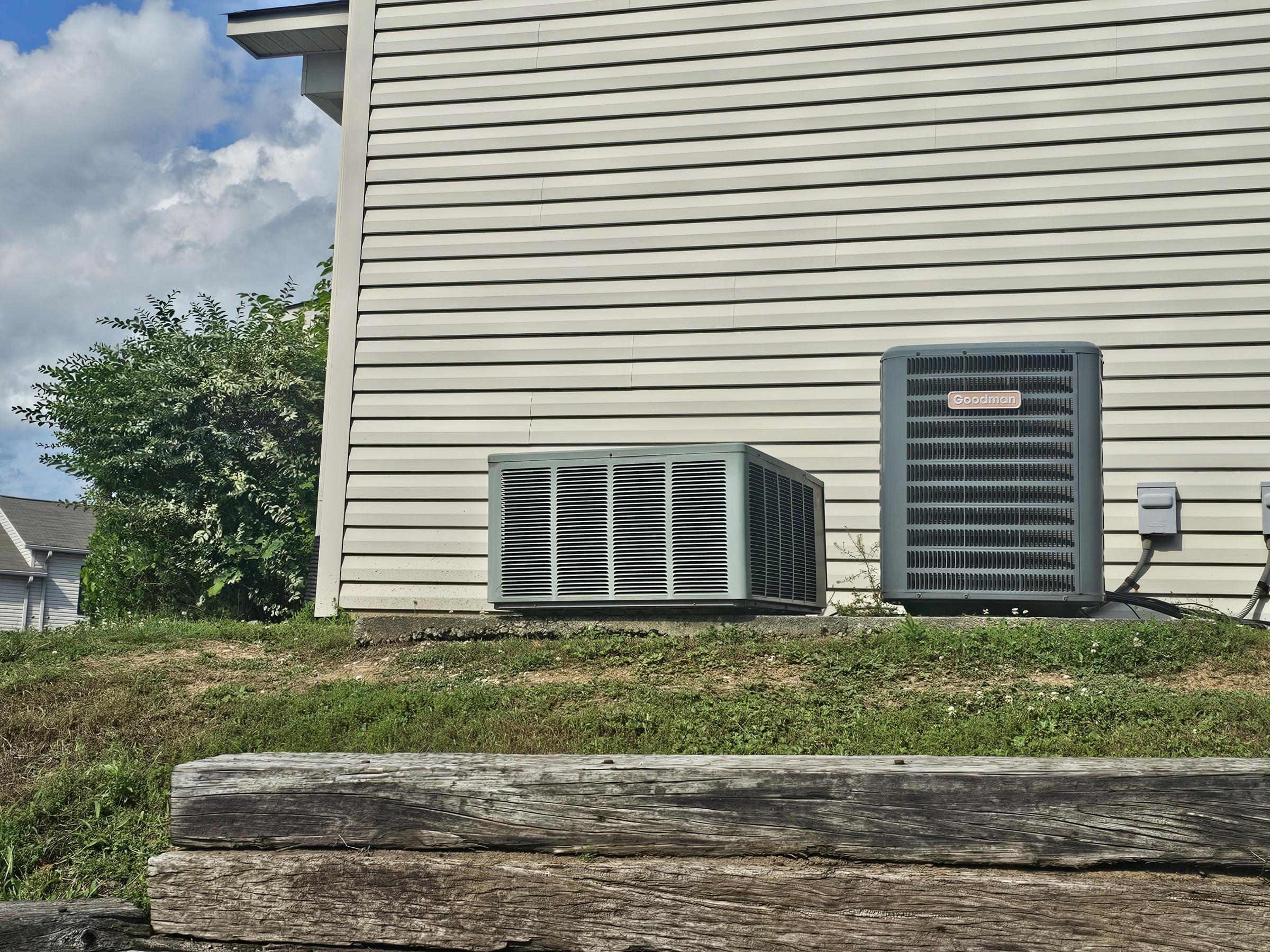
Want to know how much hidden HVAC cost may exist in your properties?
Contact HVAC 2 Home Performance today.
We help multifamily owners, developers, and property managers build transparency into rent pricing and capital improvement planning.
The Utility Cost Nobody Sees — But Everybody Pays
In most multifamily apartments, tenants pay their own electric bill. On paper, this keeps rents stable. But buried inside those utility bills is a huge hidden cost that almost no one talks about — the true operating efficiency of the HVAC system.
Two renters can live in identical units, with the same square footage, same floorplan, and even the same rent — but have completely different real-world housing costs, simply because one has an old HVAC system and the other has a newer one.
A Real-World Case Study
At HVAC 2 Home Performance, we recently analyzed one of these situations in a Knoxville multifamily unit.
Apartment Summary:
- 1,778 sq ft
- Rent: $2,100/month
- Existing HVAC: 23-year-old Rheem 2.5-ton R-22 system (oversized for the unit)
- Verified load calculation: 22,245 BTUh heating load
Utility Cost Summary:
- Total Annual Electric Bill: $2,480/year
- Water heating, appliances & plug loads:
$672/year ($56/month) - HVAC Portion (Heating + Cooling):
$1,800/year ($150/month)
Modeled Comparison:
Category | Old Rheem (Actual) | Modern Single-Stage Heat Pump |
HVAC Cost | $150/month | $75/month |
HVAC Annual Cost | $1,800/year | $900/year |
Invisible HVAC Penalty | $900/year |
Like Buying Two Cars With Different MPG
This is like selling two identical cars for the same price, but one gets 12 MPG while the other gets 30 MPG. No one would price those vehicles the same on a car lot.
But when it comes to apartments, we routinely price units with 20+ year old HVAC equipment exactly the same as units with brand new systems.
That $2,100 rent isn’t really $2,100.
Once you factor in your HVAC penalty, you're paying closer to $2,175 per month in real cost of occupancy.
Why We Need an HVAC "MPG Sticker"
The technology already exists to measure real-world HVAC system performance.
MeasureQuick is one such tool that can provide this type of objective measurement. It can be used:
- As a standalone "MPG Sticker" rating for HVAC systems, providing a simple efficiency score directly tied to the equipment’s current condition.
- Or as part of a larger whole-building energy rating, combined with systems like HERS or DOE's Home Energy Score.
Using tools like MeasureQuick, we can directly measure:
- Refrigerant charge and loss
- Compressor wear and degradation
- Real-world EER/SEER performance
- Airflow restrictions and duct losses
- Sensible vs latent capacity
In short: it puts hard data where guesswork used to be.
Why Fair Rent Pricing Should Include HVAC Condition
We’re not suggesting landlords change rent every time a capacitor fails. But pretending a 23-year-old system that’s lost 30% of its performance is equivalent to a brand-new heat pump? That’s no longer defensible.
When two tenants have a nearly $900/year cost gap simply due to HVAC system age and condition, that difference should be factored into:
- Fairer rent pricing
- Utility allowances
- Capital improvement budgets
- Public housing incentive programs
This Isn’t Anti-Landlord — It’s Pro-Transparency
Owners who invest in efficient upgrades should be rewarded.
Tenants should know what they’re actually paying to operate their home.
And policymakers should have real data to structure meaningful incentive programs.
HVAC Performance = Housing Affordability
Until we treat HVAC like an MPG rating, tenants in older units will keep quietly paying hundreds or thousands of dollars more each year — simply for the privilege of staying cool or warm.
The technology exists. The data is there. It’s time we start using it.
